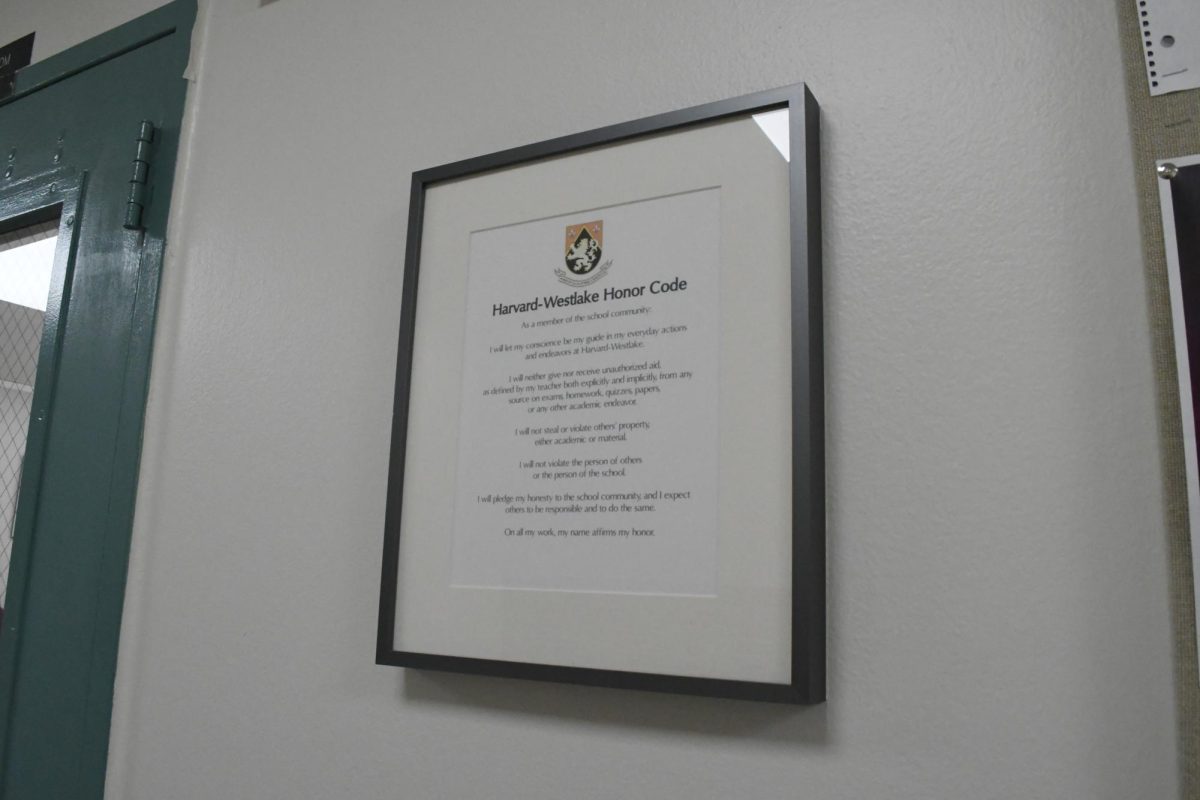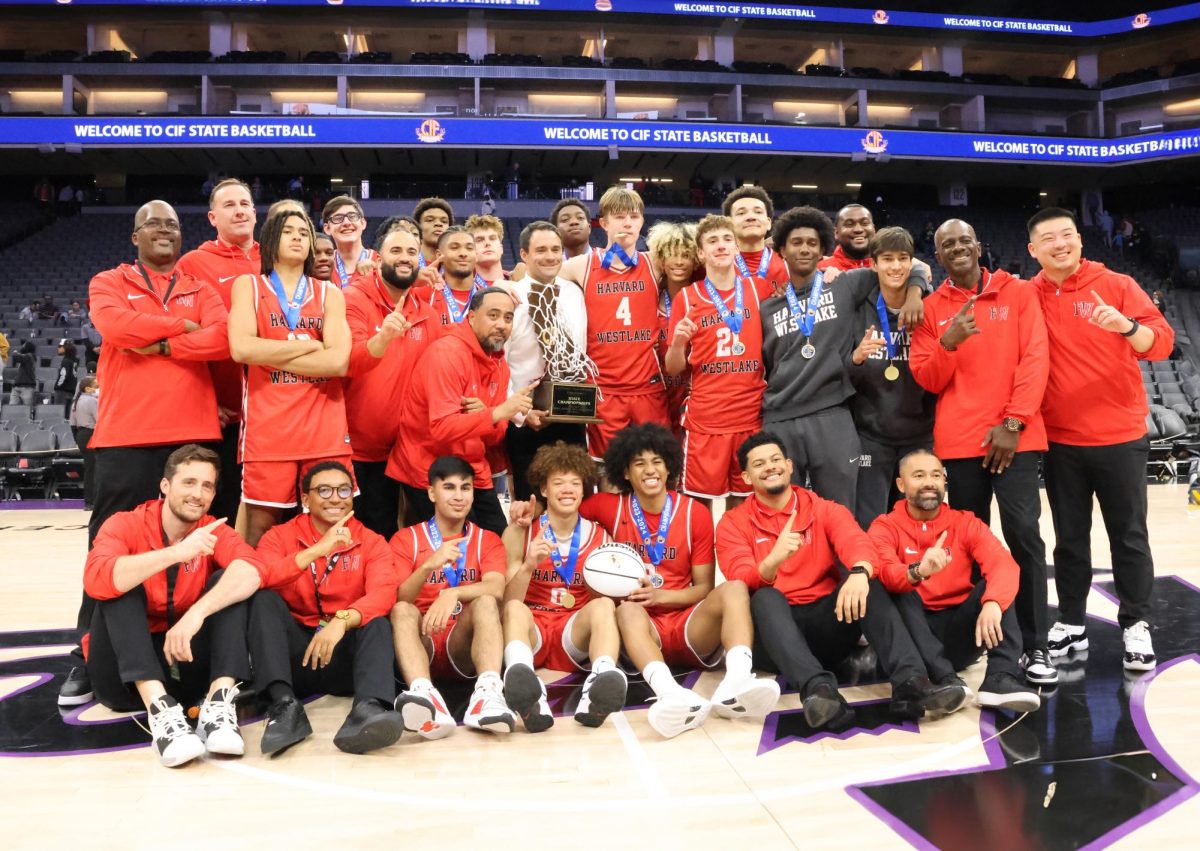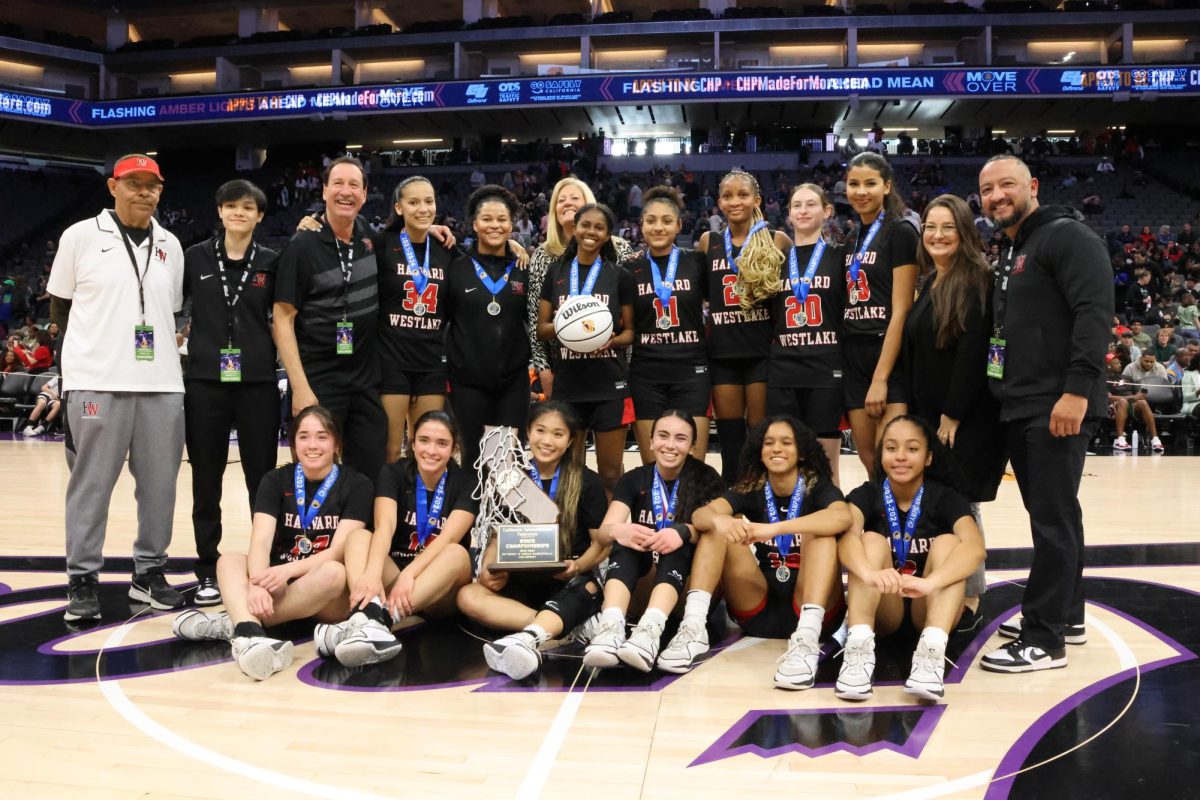Some administrators and faculty were not surprised by the results of the Diversity, Equity and Inclusion Climate Assessment and are beginning to take steps to tackle the issues identified in the report.
“There are lots of things that we want to do,” President Rick Commons said. “We’re beginning now to try to identify those things which are short term and relatively easy to change. Things that we can do quickly — and I don’t even have examples yet because that process is just beginning — but I hope to identify a list of things we can change this year, and certainly by next year, to grow in this area.”
During the fall, the third party consultant group HR Matrix had roughly 200 conversations with students, faculty, staff, parents and alumni to get a sense of what the school does well and what the school needs to improve upon, Commons said. There was no quantifiable data collected in the process but rather quotes and comments about diversity, equity and inclusion. In sharing the report with the Chronicle, Commons said he wanted to keep the specific comments confidential.
“I did appreciate the direct quotes from our affiliates — parents, faculty, staff, students — because it almost made it feel a little bit more concrete. It’s not just things that we’ve talked about in passing, but it’s things that other people are thinking about or feeling,” Upper School Dean Celso Cardenas said.
In the Chronicle’s February poll of 349 students, 62 percent of students said that Harvard-Westlake is diverse, but 68 percent said the school can do more to promote diversity and make students feel included.
“I don’t think these results are surprising because Harvard-Westlake, like many other schools, has work to do when it comes to diversity,” Black Leadership, Awareness and Culture Club co-leader Anya Andrews ’17 said. “I believe that more can be done to help train faculty to prepare curricula that are sensitive to affinity groups represented at the school. It’s a long process to diversify a school’s staff, but I like to believe that Harvard-Westlake is putting more effort into this than in previous years.”
The report detailed four major areas of “special challenges” that hinder faculty’s, staff’s and students’ sense of belonging within the school community.
The first theme that the report included was a “cultural divide” found between campuses, faculty and staff, and athletics and academics.
“There’s an Upper School-Middle School divide between the way faculty at the Middle School and faculty at the Upper School feel about each other,” Commons said. “The shorthand of it might be that the upper school faculty sometimes imply that the middle school faculty aren’t preparing students well enough, and middle school faculty sometimes imply that the upper school faculty don’t care enough about students.”
Commons added that the report found that some staff members feel that they are second-rate to faculty and that many faculty believe that there is a divide between the old and the new on campus. Some more experienced faculty feel that newer teachers are less understanding of the traditions of the school, and some new faculty think that new ideas are less valued.
This cultural divide also applies to student-athletes, with some feeling that there is no compromise between athletics and academics.
“I have had some instances where my teachers were not sympathetic toward missing class for a sport, and even though it’s frustrating and sometimes unfair, it’s understandable,” Girls’ Soccer Captain Paige Howard ’17 said.
Another theme was that the freedom that each teacher has in his or her classroom can overshadow the need for specific expectations for a teacher’s behavior when it comes to introducing racially sensitive material or proctoring class discussions about diversity.
“There are some times where we have to put a stake in the ground and say that we believe this as a school and we believe that our curriculum needs to be more multicultural,” Interim Head of Upper School Liz Resnick said. “Sometimes it is appropriate to say, ‘Here are some rules for you.’”
Some students said they would like teachers to have more training before introducing certain aspects of the curriculum.
“It is important for teachers to know that the way they teach really affects how students look at the material,” Andrews said. “If we can create a safer environment in the classroom to bring up complicated topics regarding race, gender and socioeconomic status, it may help around campus, too.”
The third theme included in the report was that some students who come from a lower socioeconomic background may not feel the same sense of belonging that their more privileged peers feel.
“The other thing they talked about is this culture of self-sufficiency that so much of the scaffolding [of academics] is behind the scenes, so if you can afford it, you have a tutor, an SAT tutor and you go to a Saturday AP physics class,” Resnick said. “If you can afford to do it, you do it, and it looks like, ‘Hey you’re doing great at Harvard-Westlake,’ and if you don’t have the financial resources to do that, you can’t do any of those things.”
Commons also said that this can play out, on a smaller scale, with internships and vacations. On page C1 of the Chronicle, students describe the high cost of participating in certain extracurricular activities at Harvard-Westlake.
“Even school-wide events such as prom, whose $115 ticket may be covered by financial aid, are preceded by expensive asks, dress shopping, makeup and prep that is only more money the school can’t provide,” Former Editor-in-Chief of the Chronicle Eugenia Ko ’16 wrote in a column last year.
Lastly, the report outlined the idea that though the school shares a common drive for excellence, students’, teachers’ and coaches’ separate goals end up pulling the community apart rather than bringing the school together.
“As a result of that, there tends to be often a transactional approach that students feel pressured to take and adults feel pressure to deliver,” Commons said. “It’s transactional rather than relationship based. Excellence is so singular in its orientation for people in different areas that it gets in the way of relationships, and obviously diversity, equity and inclusion is all about relationships.”






































